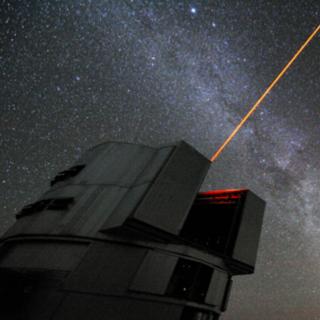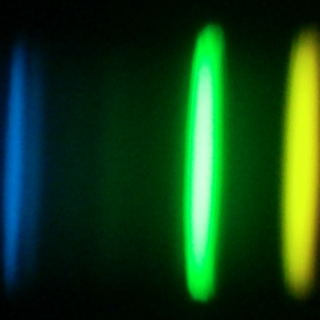Bibcode
Martin, Nicolas F.; Starkenburg, Else; Yuan, Zhen; Fouesneau, Morgan; Ardern-Arentsen, Anke; De Angeli, Francesca; Gran, Felipe; Montelius, Martin; Rusterucci, Samuel; Andrae, René; Bellazzini, Michele; Montegriffo, Paolo; Esselink, Anna F.; Zhang, Hanyuan; Venn, Kim A.; Viswanathan, Akshara; Aguado, David S.; Battaglia, Giuseppina; Bayer, Manuel; Bonifacio, Piercarlo; Caffau, Elisabetta; Côté, Patrick; Carlberg, Raymond; Fabbro, Sébastien; Fernández-Alvar, Emma; González Hernández, Jonay I.; González Rivera de La Vernhe, Isaure; Hill, Vanessa; Ibata, Rodrigo A.; Jablonka, Pascale; Kordopatis, Georges; Lardo, Carmela; McConnachie, Alan W.; Navarrete, Camila; Navarro, Julio; Recio-Blanco, Alejandra; Janssen, Rubén Sánchez; Sestito, Federico; Thomas, Guillaume F.; Vitali, Sara; Youakim, Kristopher
Referencia bibliográfica
Astronomy and Astrophysics
Fecha de publicación:
12
2024
Revista
Número de citas
61
Número de citas referidas
53
Descripción
We used the spectro-photometric information of ∼219 million stars from Gaia's Data Release 3 (DR3) to calculate synthetic, narrowband, metallicity-sensitive CaHK magnitudes that mimic the observations of the Pristine survey, a survey of photometric metallicities of Milky Way stars that has been mapping more than 6500 deg2 of the northern sky with the Canada–France–Hawaii Telescope since 2015. These synthetic magnitudes were used for an absolute recalibration of the deeper Pristine photometry and, combined with broadband Gaia information, synthetic and Pristine CaHK magnitudes were used to estimate photometric metallicities over the whole sky. The resulting metallicity catalogue is accurate down to [Fe/H]∼‑3.5 and is particularly suited for the exploration of the metalpoor Milky Way ([Fe/H] < ‑1.0). We make available here the catalogue of synthetic CaHKsyn magnitudes for all stars with BP/RP information in Gaia DR3, as well as an associated catalogue of more than ∼30 million photometric metallicities for high signal-to-noise FGK stars. This paper further provides the first public data release of the Pristine catalogue in the form of higher quality recalibrated Pristine CaHK magnitudes and photometric metallicities for all stars in common with the BP/RP spectro-photometric information in Gaia DR3. We demonstrate that, when available, the much deeper Pristine data greatly enhance the quality of the derived metallicities, in particular at the faint end of the catalogue (GBP ≳ 16). Combined, both photometric metallicity catalogues include more than two million metal-poor star candidates ([Fe/H]phot < ‑1.0) as well as more than 200 000 and ∼8000 very and extremely metal-poor candidates ([Fe/H]phot < ‑2.0 and < ‑3.0, respectively). Finally, we show that these metallicity catalogues can be used efficiently, among other applications, for Galactic archaeology, to hunt for the most metal-poor stars, and to study how the structure of the Milky Way varies with metallicity, from the flat distribution of disk stars to the spheroid-shaped metal-poor halo.
Proyectos relacionados

Evolución Galáctica en el Grupo Local
La formación y evolución de galaxias es un problema fundamental en Astrofísica. Su estudio requiere “viajar atrás en el tiempo”, para lo cual hay dos enfoques complementarios. El mas extendido consiste en analizar las propiedades de las galaxias a diferentes distancias cosmológicas. Nuestro equipo se concentra en el otro enfoque, denominado
Emma
Fernández Alvar

Abundancias Químicas en Estrellas
La espectroscopía de estrellas nos permite determinar las propiedades y composiciones químicas de las mismas. A partir de esta información para estrellas de diferente edad en la Vía Láctea es posible reconstruir la evolución química de la Galaxia, así como el origen de los elementos más pesados que el boro, forjados principalmente en los interiores
Carlos
Allende Prieto